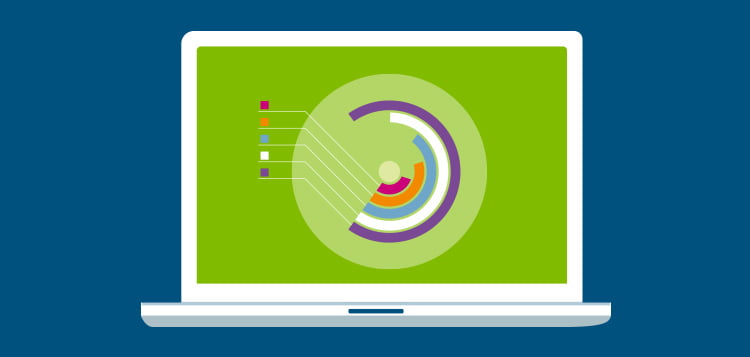The Development Of Web Site Design: From Earlier Times To Now
The Development Of Web Site Design: From Earlier Times To Now
Blog Article
Content Create By-Pappas Peters
In the past, web sites were basic and concentrated on info. Navigation was straight, and design was for desktop computers. Now, customer experience is essential. Information guides styles for simple navigating. Receptive designs suit different tools. Today, dark setting reduces pressure, and minimalist food selections boost navigating. Interactive functions involve users, and vibrant visuals stand apart. https://pamplinmedia.com/pt/9-news/550792-440892-police-respond-to-hostage-situation-in-southeast-portland . See how layout has actually advanced to improve your on the internet trip.
Early Days of Website Design
In the early days of website design, simplicity preponderated. Internet sites were basic, with limited shades, font styles, and layouts. The focus was on giving details instead of flashy visuals. Users accessed the internet through slow-moving dial-up connections, so rate and performance were vital.
Navigation food selections were straightforward, generally located on top or side of the web page. Websites were designed for desktop, as mobile surfing had not been yet common. Content was king, and designers focused on very easy readability over complex layout elements.
HTML was the key coding language utilized, and developers had to function within its constraints. Animations and interactive attributes were very little contrasted to today's criteria. Sites were fixed, with little dynamic web content or tailored customer experiences.
Rise of User-Focused Design
With the advancement of website style, a shift in the direction of user-focused layout principles has ended up being significantly noticeable. Today, creating sites that prioritize individual experience is important for involving site visitors and achieving company objectives. User-focused layout involves understanding the demands, preferences, and actions of your target audience to tailor the internet site's design, web content, and includes as necessary.
Developers now conduct complete study, such as customer surveys and functionality screening, to collect insights and comments directly from users. This data-driven approach helps in producing instinctive navigating, clear calls-to-action, and aesthetically attractive user interfaces that reverberate with visitors. By placing the individual at the center of the style procedure, internet sites can deliver a more individualized and pleasurable experience.
Receptive layout has also become an essential aspect of user-focused style, guaranteeing that websites are maximized for numerous tools and display sizes. go to website enhances ease of access and usability, dealing with the varied ways customers interact with web sites today. Basically, the increase of user-focused design represents a change in the direction of producing digital experiences that prioritize the demands and expectations of the end individual.
Modern Trends in Web Design
Explore the current fads forming website design today. One popular pattern is dark setting design, offering a streamlined and contemporary appearance while reducing eye pressure in low-light atmospheres. Another essential trend is minimalist navigation, simplifying menus and improving individual experience by concentrating on essential elements. Including micro-interactions, such as animated buttons or scrolling results, can create a more engaging and interactive website. Responsive layout stays important, ensuring seamless individual experiences across different tools. Additionally, making use of bold typography and unbalanced designs can add aesthetic rate of interest and draw attention to particular material.
Incorporating AI technology, like chatbots for customer support or personalized recommendations, improves customer interaction and improves processes. Accessibility has also become a considerable pattern, with designers prioritizing inclusive style methods to deal with varied user demands. Embracing sustainability by maximizing web site efficiency for rate and efficiency is an additional emerging pattern in web design. Working together with individual feedback and data analytics to iterate and boost design constantly is crucial for staying appropriate in the ever-evolving digital landscape. By accepting these modern-day fads, you can produce an aesthetically attractive, easy to use website that resonates with your audience.
Conclusion
As you reflect on the development of website design from the early days to currently, you can see exactly how user-focused style has actually ended up being the driving force behind modern trends.
Embrace the trip of adjustment and adjustment in website design, constantly maintaining the user experience at the forefront.
Keep present with the latest trends and modern technologies, and never ever quit progressing your approach to create visually magnificent and straightforward internet sites.
Evolve, adapt, and produce - the future of website design remains in your hands.
